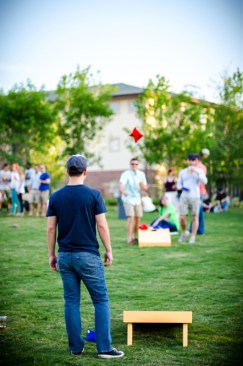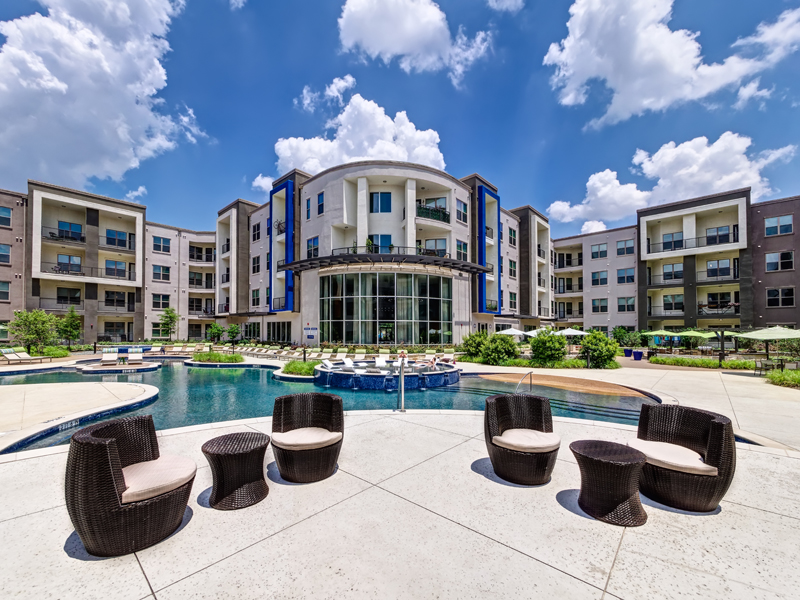Connecting with other people has become a big part of choosing the right housing for many residents. They’re looking for a place that makes them feel they fit in, where they can picture their friends living as well.
Often, this intangible residential feature has nothing to with amenities. Rather, it’s about the people in the community and the activities that drive their engagement with the property.
That sense of connection is central to the 2017 Multifamily Concept Community, Next Generation Development, for which architect BGO Architects has planned different assets to appeal to various groups, drawing residents together with common activities.
Housing Types for Different Budgets
The development offers several types of dwellings that appeal to different residents with varying housing budgets. Despite their cost range, the housing styles work together well to create appealing ways for tenants to interact. For instance, the community’s main fitness center attracts residents interested in working out. Similarly, at the property’s pool, families can gather during the day for fun and adults at night for cookouts and parties.
The Concept Community also provides a dog park and a public green that can accommodate a variety of events and activities, such as farmer’s markets, art shows, or even car washes. As such, it becomes another great venue for residents to spend time together doing shared activities.

BGO Architects
A green, public park area brings residents together to share in all types of activities.
Finally, the community garden will appeal to those who enjoy growing vegetables and herbs to share or who simply have a green thumb.
Pedestrians Favored
The community atmosphere at the development also lends itself to a pedestrian- rather than a vehicular-circulation pattern, says Minho Kim, partner at BGO Architects. The pedestrian-friendly layout is meant to inspire residents of all ages to walk and bike the property, further encouraging people to interact and mingle with one another.

BGO Architects
Bike and walking trails bring a community together.
The community feel serves what so many of today’s renters are searching for, even though the largest groups of renters the housing types represent are at opposite ends of the spectrum, says Erik Earnshaw, partner at BGO Architects—what he calls the “lock-and-leave 60-year-olds, the millennials, and the younger group directly out of college.
“It takes not a development, but a community of different product to make everyone feel at home,” Earnshaw says. “These demographics are looking at different price points depending on where they are in their life cycle. In a community [like the Next Generation Development], they can live together and interact continuously all day long. They can eat together, shop together, play together. That’s important for the future—to provide a community that can accommodate all different age groups and reduce the gaps between the generations.”
Follow the progress here and register now to see the 2017 Concept Community unveiled at the Multifamily Executive Conference in September in Vegas.

